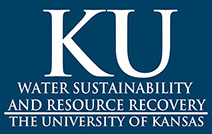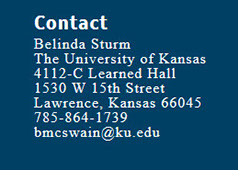CE 871 - Fundamental of Bioremediation
Course Description and Goals:
This is an upper-level graduate course that introduces the microbiological and engineering fundamentals of bioremediation. The course is a study of microbial ecology and physiology as they relate to the degradation of environmental contaminants. Emphasis is placed on the interrelationship between the physiological traits of microorganisms, and the physical and chemical properties of the contaminants and the treatment environments. Coverage will also include site data needed to assess the feasibility of bioremediation; design and operation of engineered bioremediation systems, including reactor and in situ approaches; monitoring methods for evaluating the success of bioremediation projects; and technical evaluation of selected case studies.
Course Objectives:
- To expand student’s knowledge of applied microbial ecology – Building upon previous coursework in general microbiology, students will be introduced to topics including the biochemistry of microbial transformation of important contaminants and the microbial ecology of bioremediation in the field.
- To prepare students to work in bioremediation project teams – Design of a bioremediation system is a multidisciplinary undertaking, requiring inputs from engineers, hydrogeologists, microbiologists, and soil scientists, Since no one person can be an expert in all fields, teams are required. For the team to be successful, team members from different disciplines must have sufficient knowledge of each others’ areas to be able to communicate and work together.
- To provide students with sufficient skills and background in the art and science of bioremediation to be able to respond to novel situations – Each bioremediation project provides a different set of circumstances. Therefore, the goal of the class is to provide sufficient exposure to fundamental microbiological and engineering principles, and current bioremediation practices, that the student will have the tools to confront various contaminant remediation scenarios.


